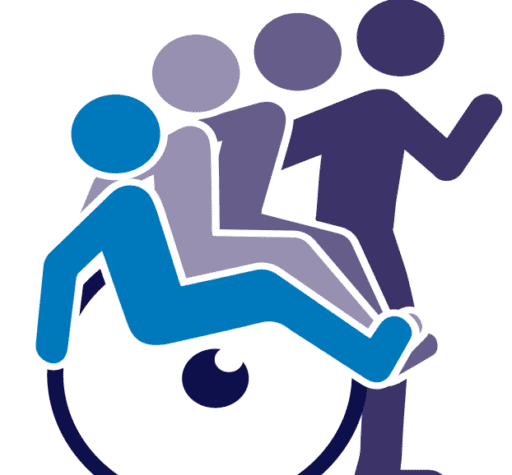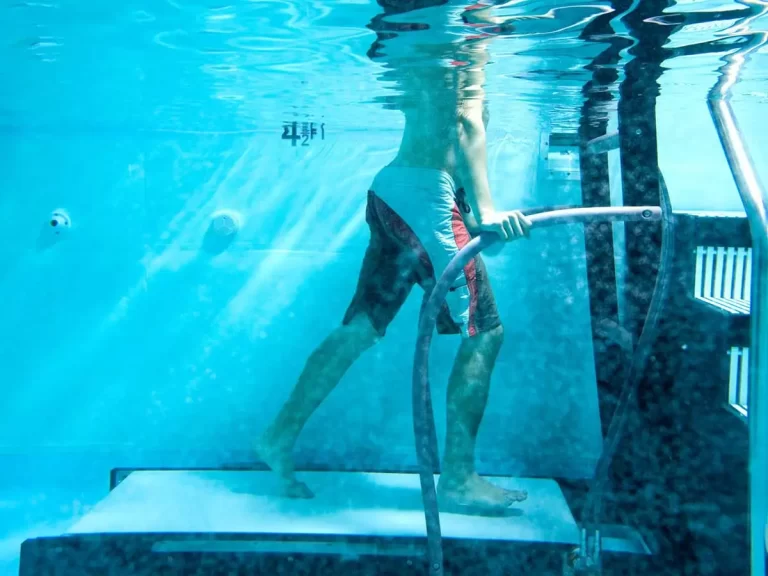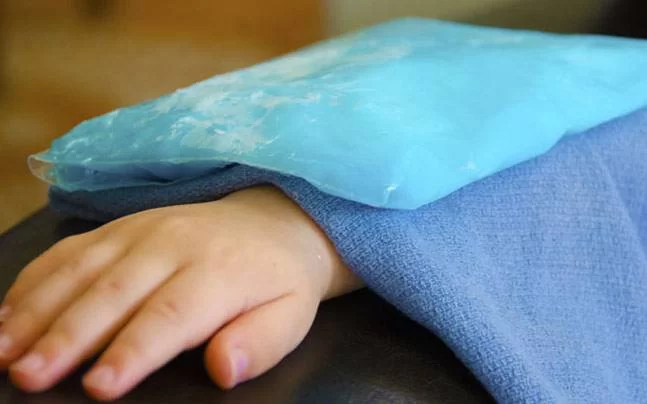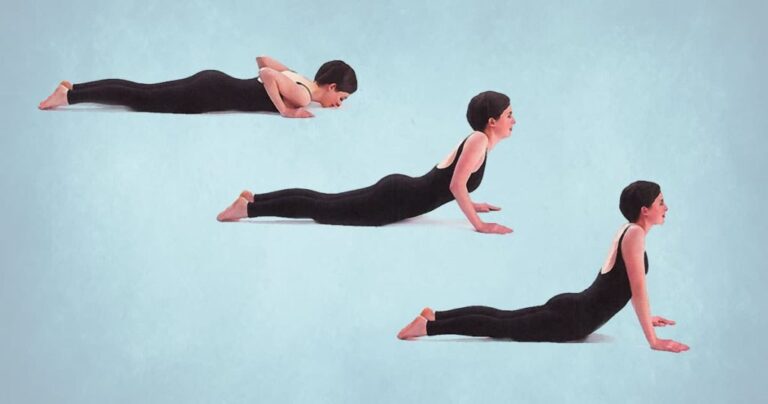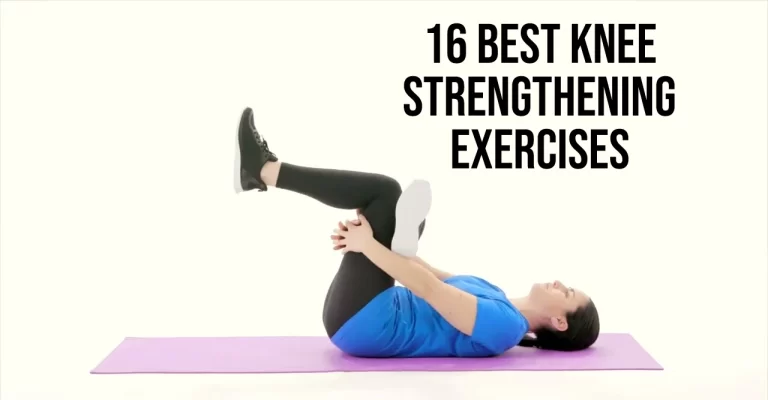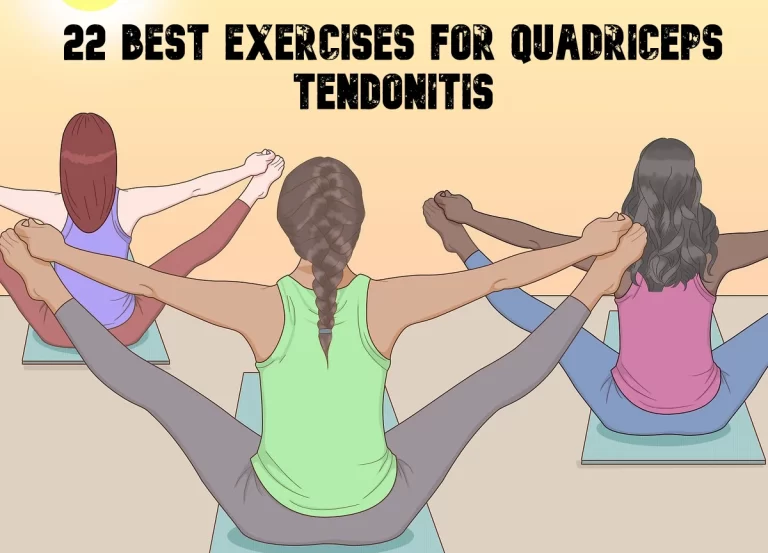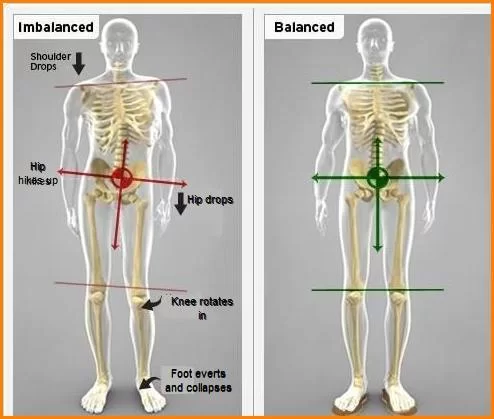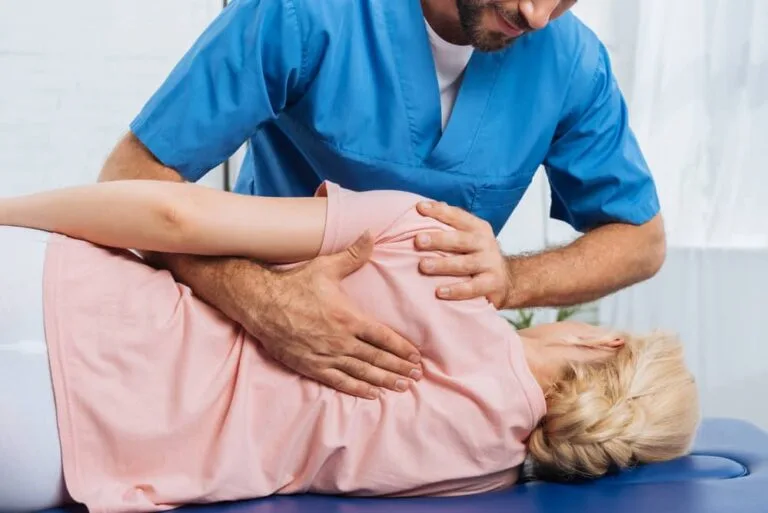Hydrotherapy
Introduction Hydrotherapy, also known as aquatic therapy or water therapy, is a therapeutic method that utilizes water’s physical properties for health and healing purposes. This type of therapy has been used for numerous generations and is said to have evolved from ancient Greek and Roman cultures. Hydrotherapy is an alternative to naturopathic or nonpharmaceutical therapy….
